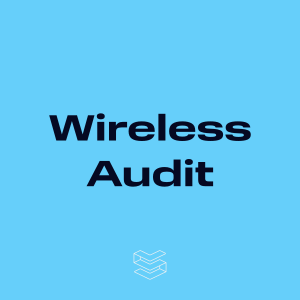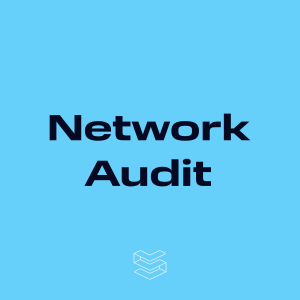| Product Highlights | Signal Strength Mapping We conduct a thorough analysis of your facility using advanced RF scanning tools to create detailed heat maps showing signal strength throughout every area. This visual representation helps identify coverage gaps and areas requiring optimization. Interference Analysis Using specialized equipment, we detect and document all sources of wireless interference, including neighboring networks, electronic devices, and physical obstacles. We provide recommendations for minimizing interference and improving overall network performance. Coverage Optimization Based on your specific needs and usage patterns, we determine the optimal number and placement of access points to ensure consistent coverage throughout your facility. Our solutions are designed to meet both current requirements and future growth projections. Access Point Placement Recommendations We analyze physical layouts, building materials, and potential interference sources to recommend precise locations for each access point. This ensures maximum signal strength while minimizing dead zones and overlapping coverage areas. Network Capacity Planning Our team evaluates your current and projected network usage to determine the appropriate infrastructure needed to support your applications and user base. We provide scalable solutions that can grow with your organization's needs. Security Assessment We perform a comprehensive security audit of your wireless network, identifying vulnerabilities and potential risks. Our recommendations include best practices for encryption, authentication, and access control to protect your data and users. |
| Deliverable | Description |
|---|---|
| Comprehensive Report | Executive summary, methodology, findings, and actionable recommendations. |
| Heat‑Map Visuals | Signal strength, coverage gaps, and interference zones. |
| Deployment Blueprint | Precise AP placement coordinates, cabling paths, and mounting details. |
| Capacity & Performance Forecast | Expected throughput, user density limits, and QoS projections. |
| Risk & Mitigation Plan | Identified vulnerabilities and suggested countermeasures. |
| Post‑Survey Support | Follow‑up consultation to validate implementation and fine‑tune settings. |
Frequently Asked Questions – Comprehensive Wireless Site Survey
| Question | Answer |
|---|---|
| What is a wireless site survey? | A wireless site survey is a systematic assessment of the radio‑frequency (RF) environment where a Wi‑Fi network will be deployed. It maps signal strength, identifies interference sources, and evaluates physical obstacles to ensure optimal coverage and performance. |
| Why do I need a site survey? | A site survey helps identify and fix common Wi‑Fi issues such as slowdowns, connection drops, dead zones, and interference, ensuring reliable, high‑speed connectivity across the facility. |
| When should I perform a predictive vs. on‑site survey? | Use a predictive survey during the planning phase to estimate coverage and identify potential issues before hardware is installed. An on‑site survey is performed after hardware installation to validate coverage, fine‑tune AP placement, and capture real‑world interference. |
| What information do I need to provide before the survey? | Floor plans, building materials, existing network diagrams, and any known interference sources or regulatory constraints. This helps the survey team define scope and methodology. |
| What deliverables can I expect? | • Executive summary and methodology • Heat‑map visuals of signal strength and interference • Deployment blueprint with AP coordinates and cabling paths • Capacity & performance forecast • Risk & mitigation plan • Post‑survey support plan |
| How long does a survey take? | The duration depends on facility size and complexity. Small offices may require a single day, while large campuses can take several days. A typical on‑site survey for a medium facility (10,000–50,000 sq ft) averages 2–3 days. Depending on the complexity of the environment, findings, and overall project goals, final deliverables can take 1 - 2 weeks. |
| What tools are used during the survey? | State‑of‑the‑art RF scanners, spectrum analyzers, and simulation software are employed to capture accurate signal data and model coverage scenarios. |
| Can the survey be done remotely? | Predictive surveys can be performed remotely using building plans and RF modeling. However, on‑site surveys require physical presence to capture real‑world data and inspect mounting locations. |
| How does a site survey help future‑proof my network? | By identifying coverage gaps, interference sources, and capacity limits early, the survey informs scalable design choices—such as AP density, channel planning, and power settings—ensuring the network can grow with user demands. |
| How do I request a quotation (RFQ)? | Submit a written RFQ detailing site information, scope of work, desired deliverables, timeline, and budget constraints. Late quotations are not accepted, so submit early. |
| What happens after I receive the proposal? | The proposal will include methodology, deliverables, pricing, timeline, and contractual terms. Once accepted, the survey team schedules the visit and begins data collection. |


